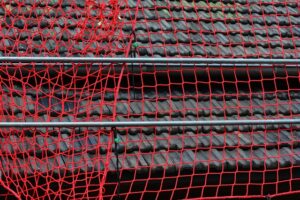Compliant and Safe: Mastering Roof Repair Codes in Austin
In Austin, Texas, adherence to stringent local building codes is crucial for successful roof repair projects. Homeowners and contractors must secure permits and understand regulations that prioritize public safety, property value protection, and architectural integrity, particularly considering the…….
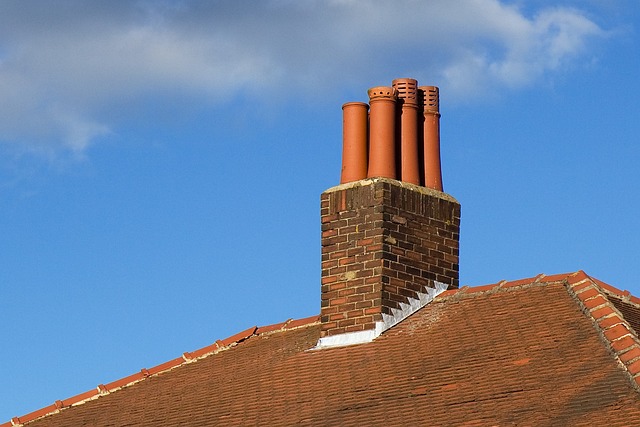
In Austin, Texas, adherence to stringent local building codes is crucial for successful roof repair projects. Homeowners and contractors must secure permits and understand regulations that prioritize public safety, property value protection, and architectural integrity, particularly considering the city's unique climate challenges. Austin's building codes emphasize energy efficiency and the use of reflective materials to combat intense summer heat. Compliance with these codes is essential given the risk of severe weather events like hailstorms. To navigate these regulations effectively, residents should collaborate with local building officials or engage with professional roof repair services in Austin who are well-versed in these standards. These experts not only ensure compliance but also deliver durable and sustainable repairs using the latest techniques and materials. For homeowners in need of roof repair in Austin, it's important to select a contractor experienced with Austin's specific building codes and to follow the necessary steps including obtaining permits, passing inspections, and staying informed about updates to the International Building Code (IBC) and local amendments. Choosing Roof Repair Austin professionals is beneficial for ensuring that repairs comply with legal standards while also enhancing the longevity and functionality of homes in this green-conscious city.
Navigating the intricacies of roof repair in Austin requires a keen understanding of local building codes and regulations. This article delves into the critical aspects of ensuring compliance, which is paramount for the safety and longevity of your property. From grasping the impact of these codes to understanding the permitting process, we guide you through the steps necessary to adhere to Austin’s stringent standards. Whether you’re a homeowner or a contractor, staying informed on roof repair regulations in Austin is not just an option but a necessity to avoid costly and time-consuming setbacks. With a focus on compliance, this article serves as a comprehensive resource for anyone looking to maintain their roof’s integrity while respecting the law.
- Understanding Local Building Codes and Their Impact on Roof Repair in Austin
- The Necessity of Compliance: Ensuring Your Roof Repair Meets Austin's Standards
- Steps to Take Before Commencing Roof Repair: Permits, Inspections, and Code Adherence in Austin
- Navigating the Permitting Process for Roof Repair: Tips and Best Practices in Austin
Understanding Local Building Codes and Their Impact on Roof Repair in Austin
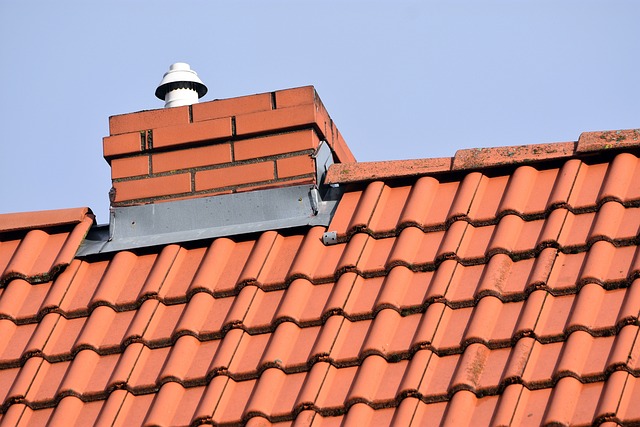
Navigating roof repair projects in Austin, Texas, necessitates a thorough understanding of local building codes and regulations. These codes are designed to ensure public safety, protect property values, and maintain the architectural integrity of structures within the city. Homeowners and contractors must familiarize themselves with these specifications to adhere to them during any roofing work. Austin’s building codes address materials used, installation methods, and performance standards that are particular to the region’s climate and environmental considerations. For instance, given Austin’s hot summers and mild winters, roof repair in Austin should prioritize reflective materials that can manage heat effectively, ensuring energy efficiency and occupant comfort. Compliance with these codes is not only a legal requirement but also contributes to the longevity and resilience of roofing systems, which is critical given Austin’s potential for severe weather events like hailstorms. Engaging with local building officials or utilizing professional roof repair services in Austin that are well-versed in these regulations can facilitate a smooth compliance process, ensuring that every roof repair not only meets the necessary legal standards but also aligns with the best practices for durability and sustainability.
The Necessity of Compliance: Ensuring Your Roof Repair Meets Austin's Standards

Steps to Take Before Commencing Roof Repair: Permits, Inspections, and Code Adherence in Austin
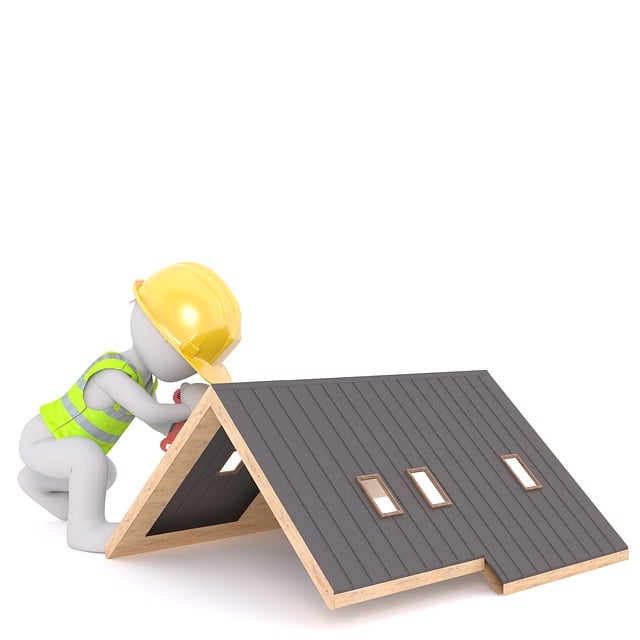
Navigating roof repairs in Austin requires careful attention to local building codes and regulations to ensure compliance and avoid potential legal issues. Homeowners and contractors should initiate the process by researching the specific requirements set forth by the City of Austin’s Building Safety Division. This division outlines the necessary permits for any roofing work, which serve as a formal authorization to proceed. Obtaining these permits is a critical first step; it not only validates the legitimacy of the project but also ensures that the repair adheres to the city’s safety and construction standards.
Once the permits are secured, the next crucial phase involves scheduling inspections. The City of Austin requires inspections at various stages of roof repair work to confirm that the work aligns with local codes. These inspections ensure the integrity and functionality of the roof, safeguarding against future leaks or structural failures. It is imperative to coordinate with the city’s inspection team to determine the timing and scope of these evaluations. By adhering to these steps and maintaining a thorough understanding of Austin’s building codes and regulations, homeowners and contractors can navigate roof repair projects with confidence, knowing that their work complies with local standards and contributes to the safety and durability of the property.
Navigating the Permitting Process for Roof Repair: Tips and Best Practices in Austin
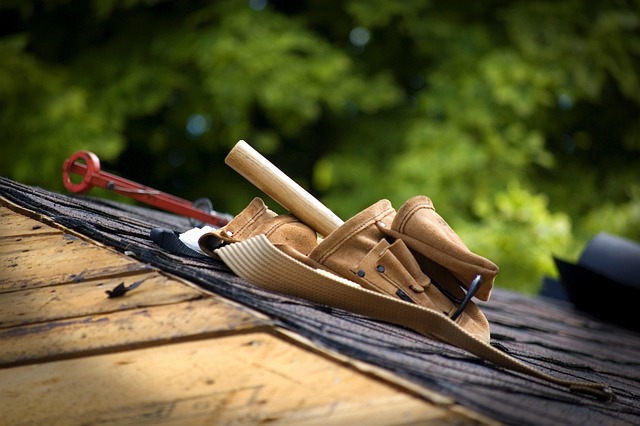
When addressing roof repairs in Austin, Texas, adherence to local building codes and regulations is paramount. Homeowners and contractors alike must navigate the permitting process to ensure compliance and maintain safety standards. The City of Austin requires a permit for any significant repair or replacement of a roof that exceeds certain thresholds, which typically involve altering the roof structure or changing more than a quarter of the roof’s surface area. To expedite the permitting process, it is advisable to submit a complete and accurate application with all required documentation. This includes detailed plans and specifications, proof of contractor licensing, and evidence of insurance coverage. Roof Repair Austin professionals can provide guidance on the necessary paperwork and steps involved, ensuring a smoother approval process.
Engaging with local building departments early in the project is a best practice that can save time and resources. A proactive approach allows for clarification of any ambiguities in the codes and avoids costly delays due to non-compliance. In Austin, the permitting authorities are particularly focused on sustainable building practices, so incorporating eco-friendly materials and methods can be beneficial. Additionally, staying abreast of the latest updates to the International Building Code (IBC) and local amendments is crucial for compliance. By partnering with experienced roofing contractors who are well-versed in these requirements, homeowners in Austin can ensure their roof repair projects not only meet all legal standards but also contribute to the longevity and performance of their homes.
When embarking on roof repair in Austin, adherence to local building codes and regulations is paramount. This article has outlined the critical steps necessary to ensure compliance with these standards, from understanding their impact to navigating the permitting process effectively. By following the outlined best practices and securing the required permits and inspections, homeowners and contractors in Austin can safeguard their investments and ensure the integrity of their property. For those seeking professional roof repair services in Austin, compliance with local codes is not just a legal requirement but also a guarantee of quality workmanship and durability. It’s an integral part of responsible home maintenance that protects both the structure and its occupants.
